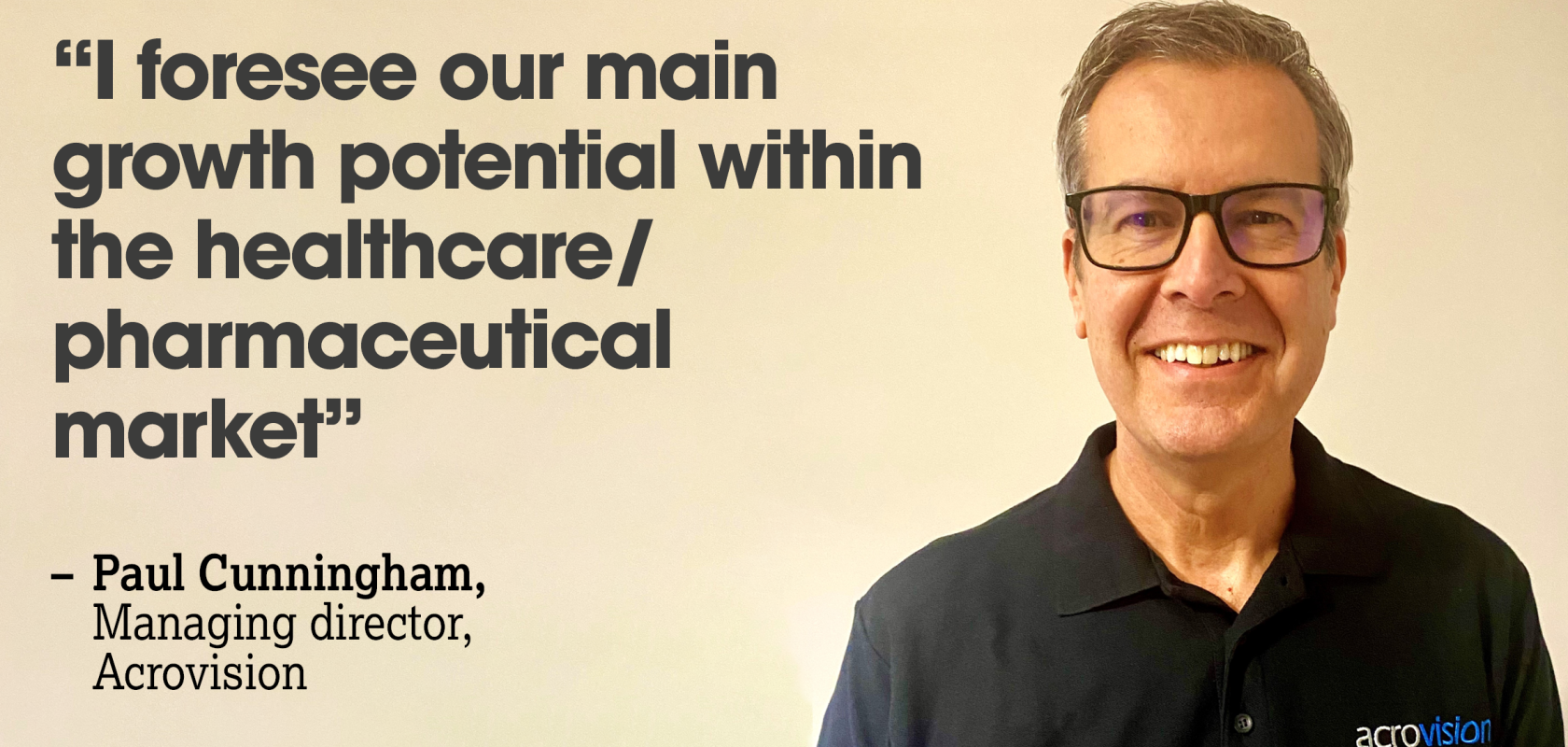AI is an opportunity in all vision market verticals, says Acrovision's Paul Cunningham

Acrovision MD Paul Cunningham on what sets the integrator apart, what vendors can do to improve and why he thinks the machine vision spending downturn will be short-term

Register for FREE to keep reading
Join 10,000+ vision professionals driving innovation in automation, AI and imaging with:
- Expert insights on vision, robotics, AI & embedded tech
- Newsletters and features covering the full imaging landscape
- Visionaries series: leadership strategies in imaging
- Free panels on smart manufacturing & autonomy
- White Papers & updates for smarter integration
Sign up now
Already a member? Log in here
Your data is protected under our privacy policy.










